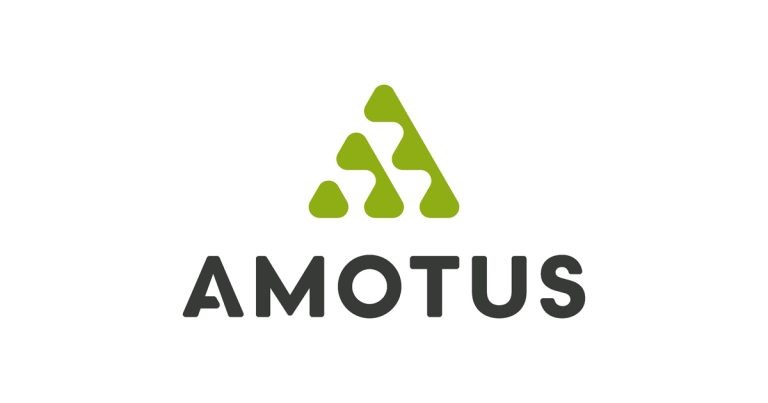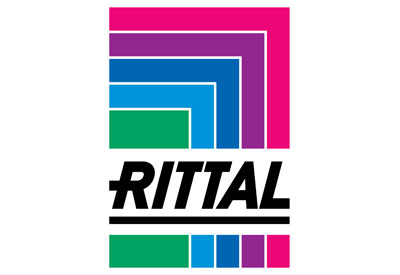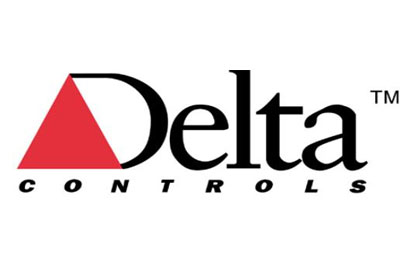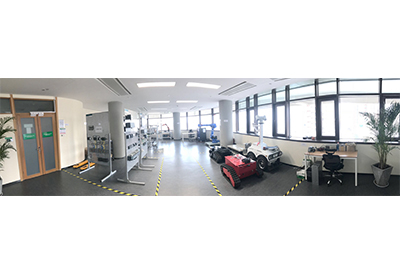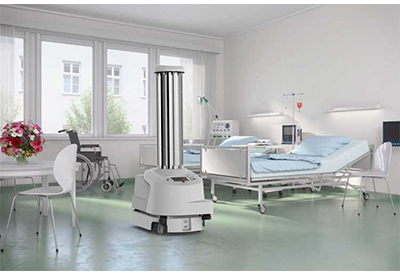Industry 4.0 Highlights the Need for Dimensional Metrology amid Competition in Discrete Manufacturing
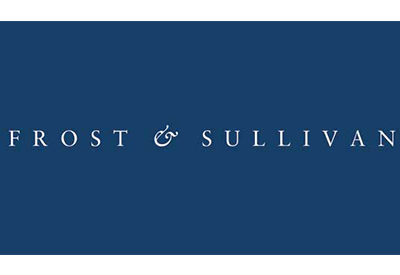
September 24, 2018
The rise of Industrial Internet of Things (IIoT) has altered the manufacturing landscape, with manufacturers of all sizes looking to automate their systems and adopt modern measurement technologies like dimensional metrology to stay competitive. The impact of the Mega Trend, Industry 4.0, has been particularly significant in discrete manufacturing industries, where inspection has traditionally been the most prominent phase of any manufacturing process due to compliance requirements. Europe’s stringent governmental regulations, with regard to product quality and warranty costs, have established it as a huge market for the latest dimensional metrology equipment.
Frost & Sullivan’s recent analysis, Analysis of European Dimensional Metrology Equipment Market, Forecast to 2022, identifies the various drivers and restraints impacting the market. It discusses the opportunities for metrology equipment in key end-user industries such as automotive, aerospace, heavy machinery, and metal fabrication. Apart from these, the study examines the influence of Mega Trends on the market over the long term and presents recommendations to make the most of these opportunities.
For further information on this analysis, please visit: http://frost.ly/2r8
“Europe is a leading global hub for dimensional metrology, with automotive and aerospace manufacturing being significant revenue contributors. These two industries are strong markets for inline metrology due to its application in high-end inspection in smart factories,” said Anisha Nikash Dumbre, Measurement & Instrumentation Research Analyst at Frost & Sullivan. “Metrology vendors will be able to penetrate a greater number of industries by also providing robotic guidance and portable metrology devices with higher speed, flexibility, and accuracy.”
Dumbre also notes that the convergence of technologies in smart factories has generated fresh revenue streams for dimensional metrology vendors, which are rapidly moving from conventional business models towards knowledge-based services.
“Newer business models like metrology Software-as-a-Service (SaaS) that combine inline metrology with predictive maintenance, remote monitoring, and data monitoring capabilities will encourage the use of advanced metrology solutions across industry verticals,” said Dumbre.
Moreover, vendors can address the intensifying market demand for superior production efficiencies by combining the hardware with a value-added SaaS offering. An ecosystem that can support such synergies will be realized following the collaborations between leading metrology vendors such as Hexagon Manufacturing, Carl Zeiss, and Mitutoyo with technology companies.
In addition to the impact of Industry 4.0, highlights from the analysis include:
– IIoT: Big Data, cloud platforms, and their integration with industrial robots enable real-time connected processes and help achieve zero defect manufacturing. This Mega Trend is encouraging manufacturers to reinvent their metrology equipment and software.
– Global motor vehicle and passenger car production: About 20 to 22 percent of the global production happens in the EU, which makes automotive the key end-user industry for the market.
– Innovation in Metrology Analytics: Metrology vendors will be able to better harness the power of the data by employing predictive analytics.
– The European dimensional metrology market generated revenue of $1.11 Billion in 2017. It is estimated to reach $1.48 Billion in 2022, expanding at a CAGR of 6 percent from 2017 to 2022.
– Evolution of Business Models: Switching to a business model that offers demonstrable benefits like lower measurement cost, easily upgradable inspection solutions, and remote measurement will expand opportunities and application scope for metrology vendors.
Analysis of European Dimensional Metrology Equipment Market, Forecast to 2022 is part of Frost & Sullivan’s global Test & Measurement Growth Partnership Service program.

